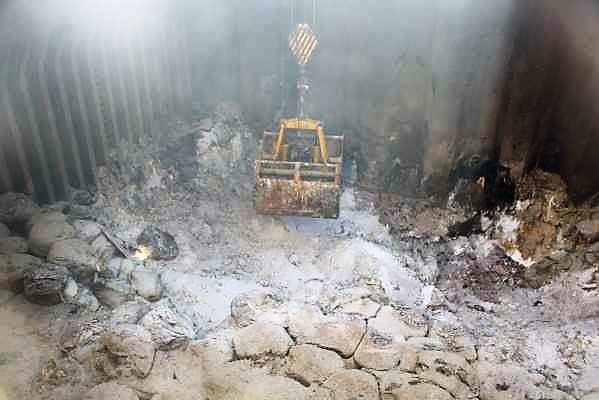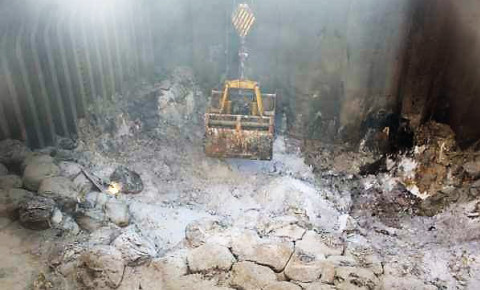CapeTalk host Pippa Hudson chats to Captain Vernon Kelle of the South African Maritime Safety Authority.
- Approximately 1,500 tonnes of toxic cargo will be dumped 250km offshore near St Helena Bay
- The cargo will be removed from a bulk carrier named the NS Qingdao and dumped into the sea until March, according to the SA Maritime Safety Authority
- The authority’s captain Vernon Kelle says the vessel carrying fertiliser has been emitting toxic fumes after the cargo suffered a chemical reaction in October last year

Around 1,500 tonnes of problematic toxic cargo on the NS Qingdao bulk carrier will be dumped into the sea about 250km off St Helena Bay in an operation expected to end in March.
The SA Maritime Authority (Samsa) made the announcement on Thursday after an emergency dumping permit was secured from the Department of Forestry, Fisheries, and the Environment to dump the reacting cargo at sea.
In October last year, the ship was evacuated from the Port of Durban to St Helena Bay on the West Coast after rainwater set off a toxic fume chemical reaction.
Samsa’s captain Vernon Keller says the ship’s cargo of fertiliser suffered a chemical reaction releasing sulphur dioxide into the atmosphere.
Keller, the deputy chief operations officer at Samsa, says the dumping operation is expected to be concluded on 25 March 2022.
Once the remaining hotspots have been removed and dumped, the vessel will return to the closest port and continue its journey.
He says the vessel has a full a team of salvors, chemical experts, hazmat teams, and other emergency personnel on board to manage the operation safely, following defined emergency protocols.
‘Like any emergency, you have to ensure that’s done safely in the best possible way”, he tells CapeTalk.
We’re basically just focusing on making sure that cargo goes into the water and not any other pollutant.
Captain Vernon Keller, Deputy Chief Operations Officer – SA Maritime Safety Authority
The toxic fumes is sulphur dioxide which obviously you can’t breathe in as a human. That’s why we decided to evacuate the vessel and send it to St Helena Bay where we could actually discharge the cargo in a safe manner.
Captain Vernon Keller, Deputy Chief Operations Officer – SA Maritime Safety Authority
The whole idea is to remove the hotspot cargo only so that there is no more fire within the cargo hold and then from then on go back to port and discharge all of the cargo. That’s the idea.
Captain Vernon Keller, Deputy Chief Operations Officer – SA Maritime Safety Authority
The reason we’re doing it in the bay is that it’s far from a port and residential areas. It’s at sea, the wind can blow offshore mostly so we can deal with it in a safe manner when it comes to the toxic fumes.
Captain Vernon Keller, Deputy Chief Operations Officer – SA Maritime Safety Authority


